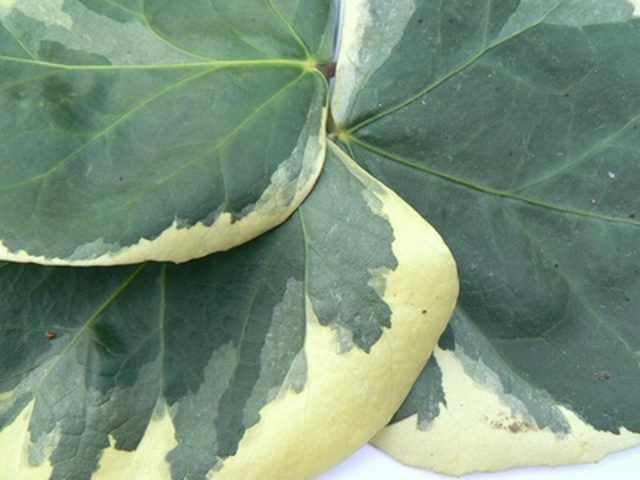Bulbs
Flower Basics
Flower Beds & Specialty Gardens
Flower Garden
Garden Furniture
Garden Gnomes
Garden Seeds
Garden Sheds
Garden Statues
Garden Tools & Supplies
Gardening Basics
Green & Organic
Groundcovers & Vines
Growing Annuals
Growing Basil
Growing Beans
Growing Berries
Growing Blueberries
Growing Cactus
Growing Corn
Growing Cotton
Growing Edibles
Growing Flowers
Growing Garlic
Growing Grapes
Growing Grass
Growing Herbs
Growing Jasmine
Growing Mint
Growing Mushrooms
Orchids
Growing Peanuts
Growing Perennials
Growing Plants
Growing Rosemary
Growing Roses
Growing Strawberries
Growing Sunflowers
Growing Thyme
Growing Tomatoes
Growing Tulips
Growing Vegetables
Herb Basics
Herb Garden
Indoor Growing
Landscaping Basics
Landscaping Patios
Landscaping Plants
Landscaping Shrubs
Landscaping Trees
Landscaping Walks & Pathways
Lawn Basics
Lawn Maintenance
Lawn Mowers
Lawn Ornaments
Lawn Planting
Lawn Tools
Outdoor Growing
Overall Landscape Planning
Pests, Weeds & Problems
Plant Basics
Rock Garden
Rose Garden
Shrubs
Soil
Specialty Gardens
Trees
Vegetable Garden
Yard Maintenance
How Can I Care for Creeping Charlie House Plants?
How Can I Care for Creeping Charlie House Plants?. Native to Europe, Creeping Charlie (Glechoma hederacea) is a perennial member of the mint family. The variegated white and green leaves of the Creeping Charlie look like semicircles with scalloped edges. Tiny purple flowers complement the leaves of the Creeping Charlie in the spring, adding to the...

Native to Europe, Creeping Charlie (Glechoma hederacea) is a perennial member of the mint family. The variegated white and green leaves of the Creeping Charlie look like semicircles with scalloped edges. Tiny purple flowers complement the leaves of the Creeping Charlie in the spring, adding to the allure of this low-growing ground cover. Creeping Charlie grows just as well indoors as it does outside, functioning well as a low-maintenance houseplant.
Things You'll Need
Plant heating pad
Fertilizer
Larger pot
Potting soil
Set the Creeping Charlie houseplant in an area that receives at least four or more hours of bright sunlight every day. Although not ideal, the Creeping Charlie will tolerate bright, indirect light if that's all that is available.
Water the Creeping Charlie on a weekly basis, maintaining moist soil at all times. Depending on the conditions of your home, the Creeping Charlie houseplant may need watering more than twice a week, so check the moisture level of the soil regularly. If the soil feels moist when you press your finger down to 1 inch, don't add more water.
Maintain an ideal daytime temperature between 68 and 72 degrees F. for your Creeping Charlie houseplant. The Creeping Charlie prefers slightly cooler evening temperatures, closer to 50 or 55 degrees F. If temperature control is a problem, set the houseplant on a plant heating pad set to the desired temperature.
Feed your Creeping Charlie a diet of 10-10-10 fertilizer. Like most ivy plants, the Creeping Charlie will appreciate a dose of fertilizer once a month. Follow the label instructions on the fertilizer package for allocation amounts.
Repot the Creeping Charlie when it outgrows its present conditions. You will know it is time to repot when the soil begins to dry out sooner than usual, or when the roots begin to grow out of the drainage holes at the bottom of the pot. Make sure the pot is large enough to allow for a 2-inch gap between the roots and the sides of the pot all the way around.
Tips & Warnings
If you cannot provide adequate lighting conditions for the Creeping Charlie houseplant, set the pot under a grow light. Grow lights mimic the sun and provide a sufficient light source for ivy.
Pinch-off dead or damaged leaves with your fingertips. Removing dead leaves will encourage new growth.
Use fresh potting soil whenever you repot.
It is important to note that the University of Nebraska Cooperative Extension categorizes the Creeping Charlie (Glechoma hederacea) as a toxic plant. Therefore, keep this houseplant out of the reach of animals and small children. Contact poison control if any part of the plant are ingested.